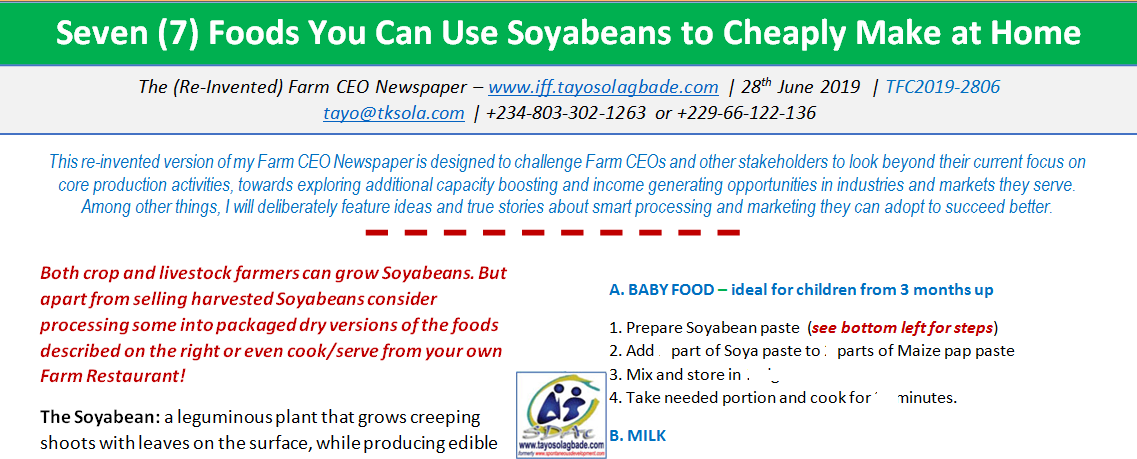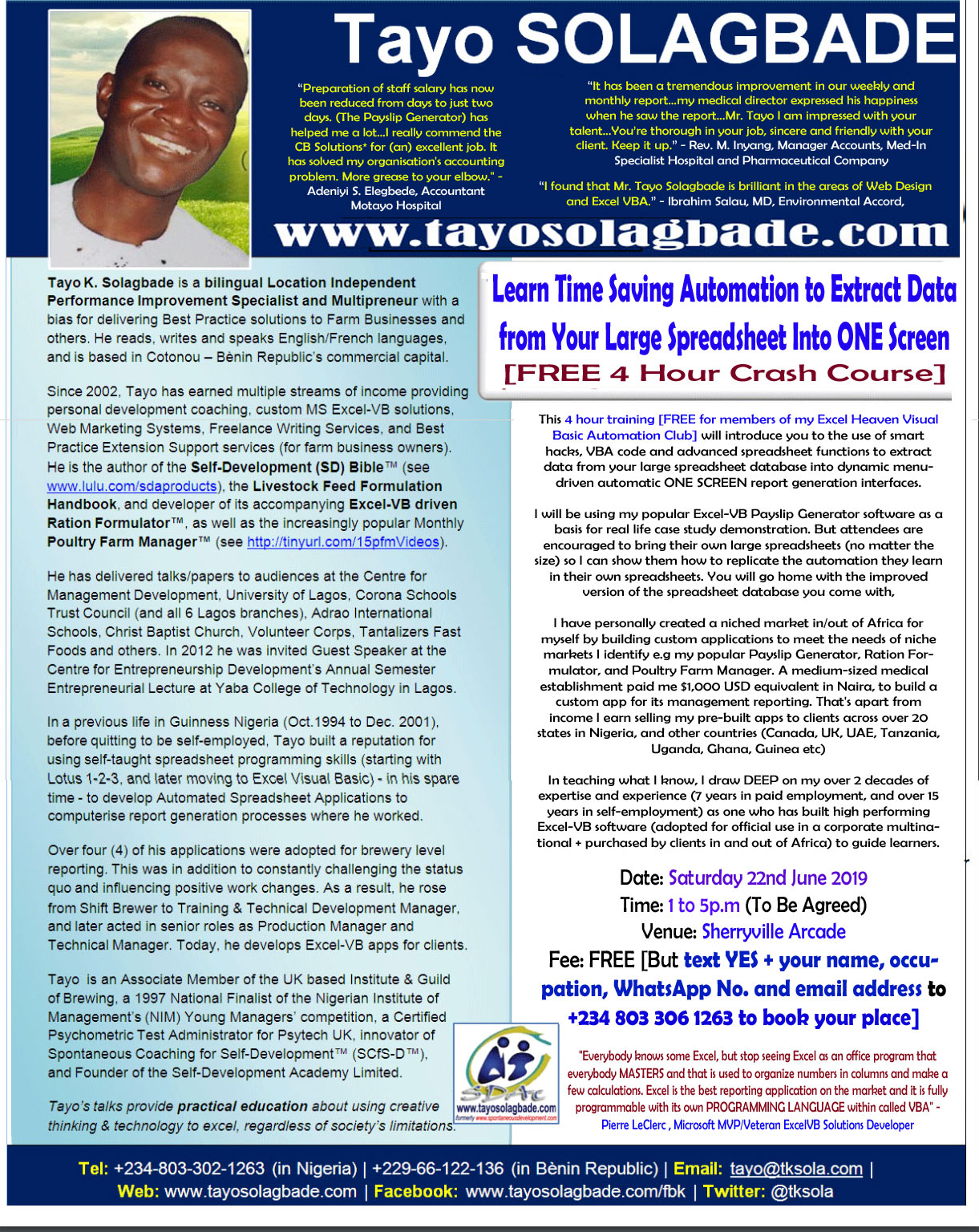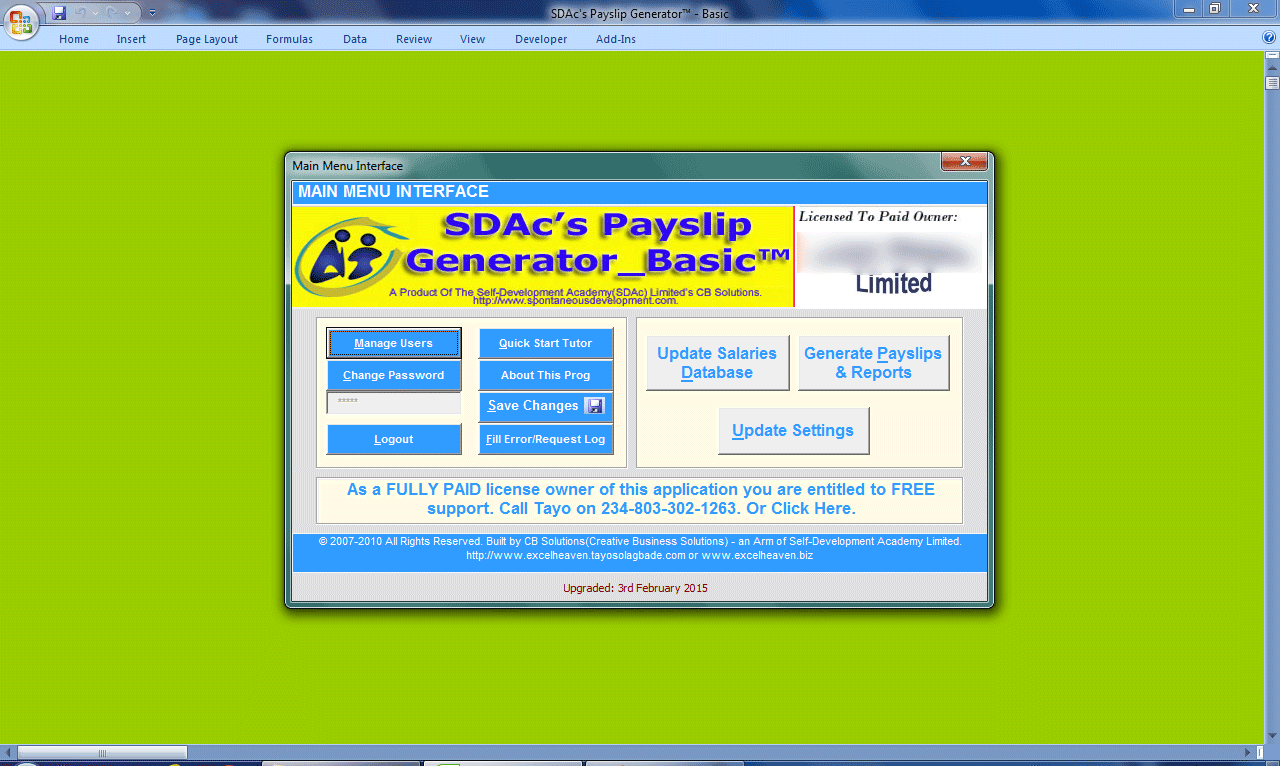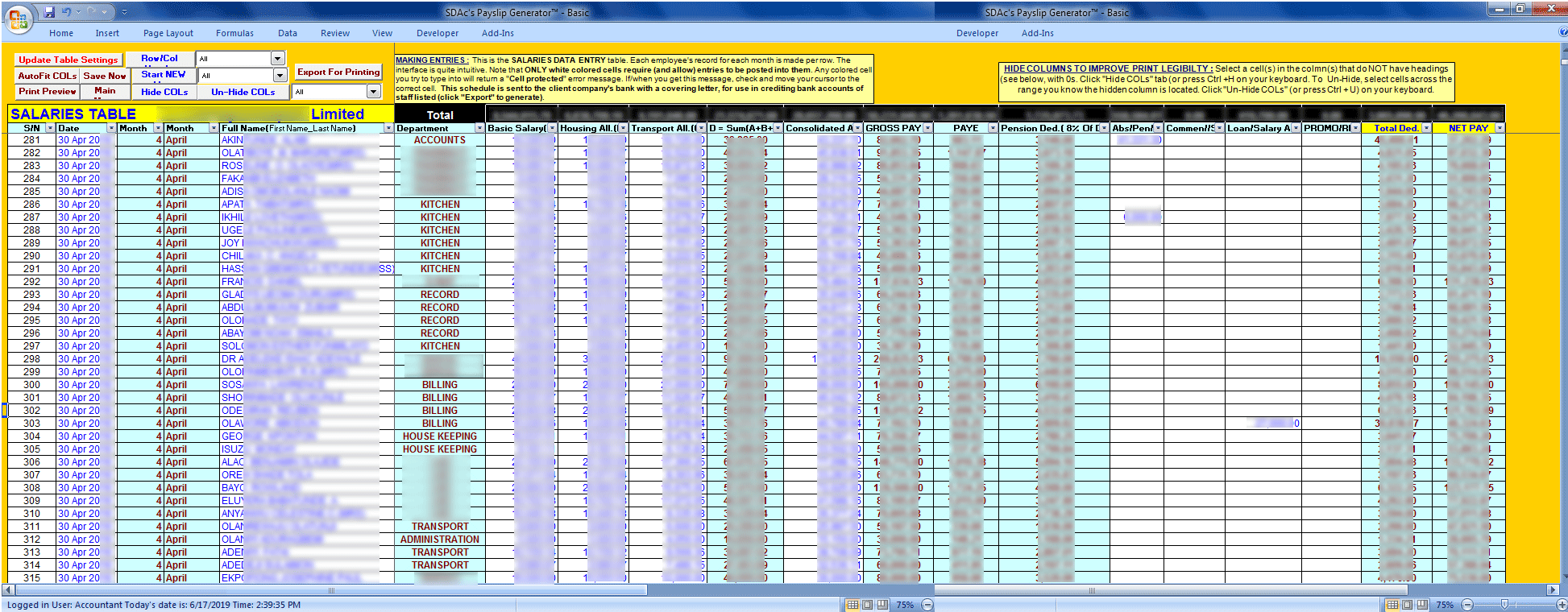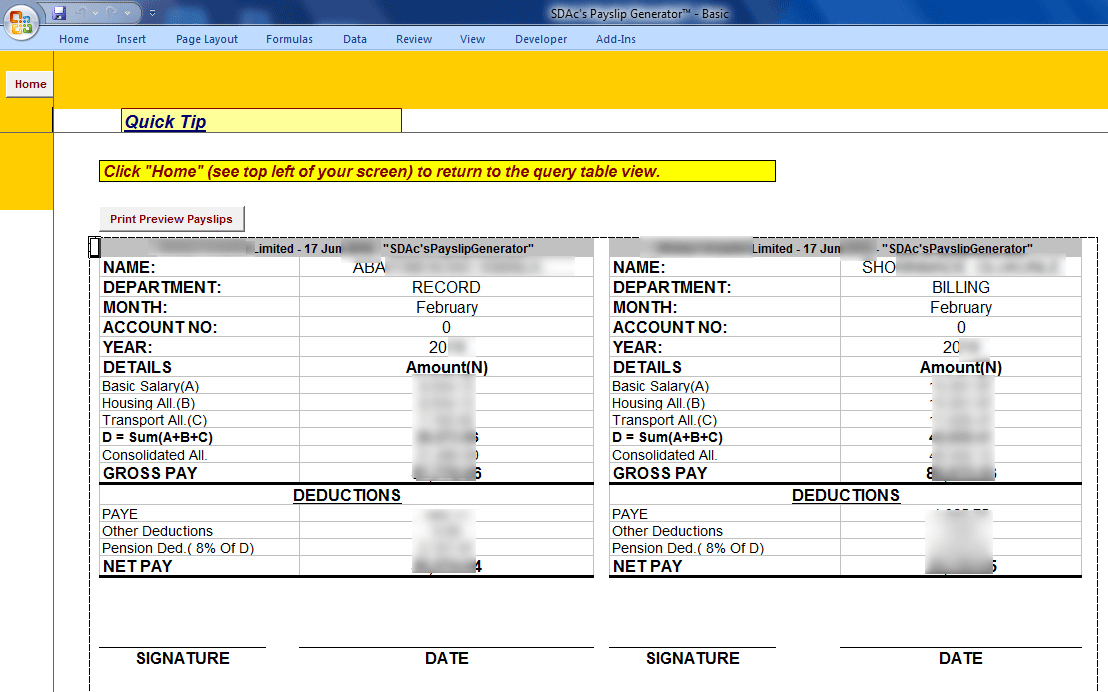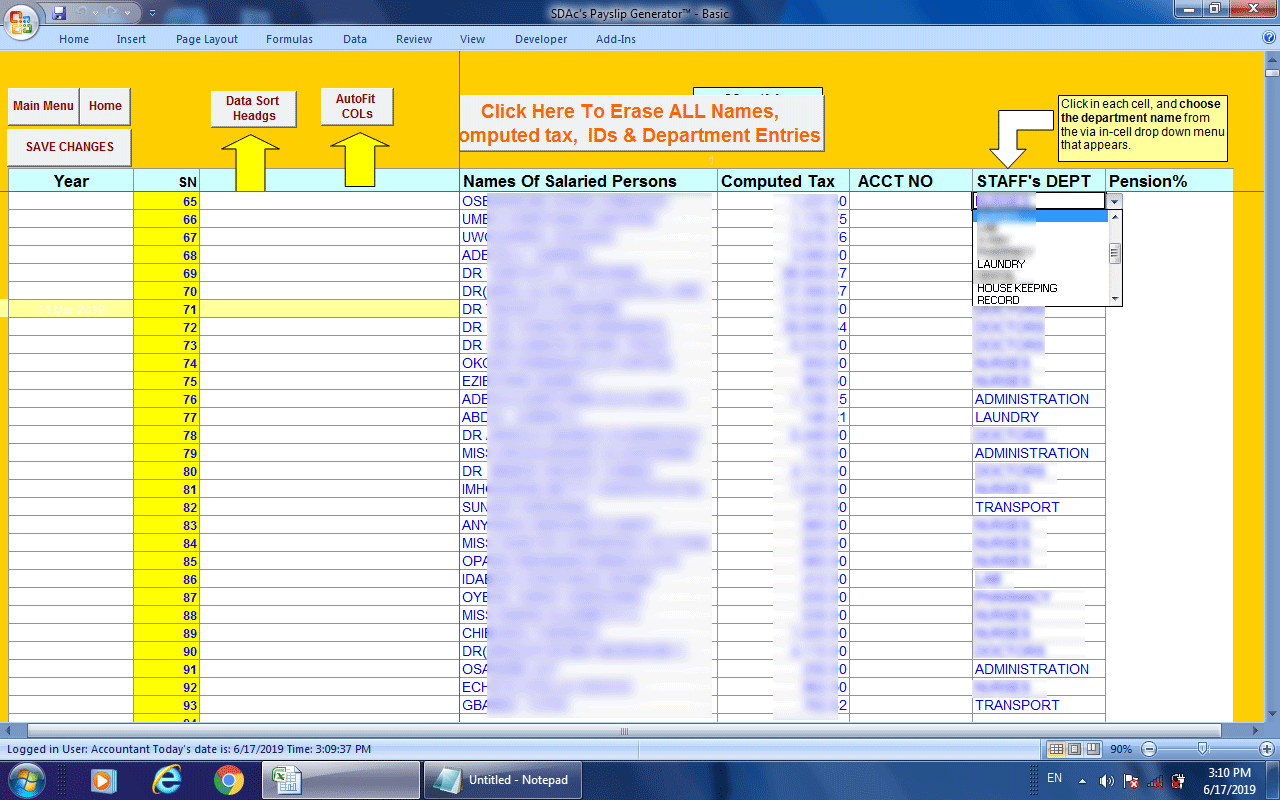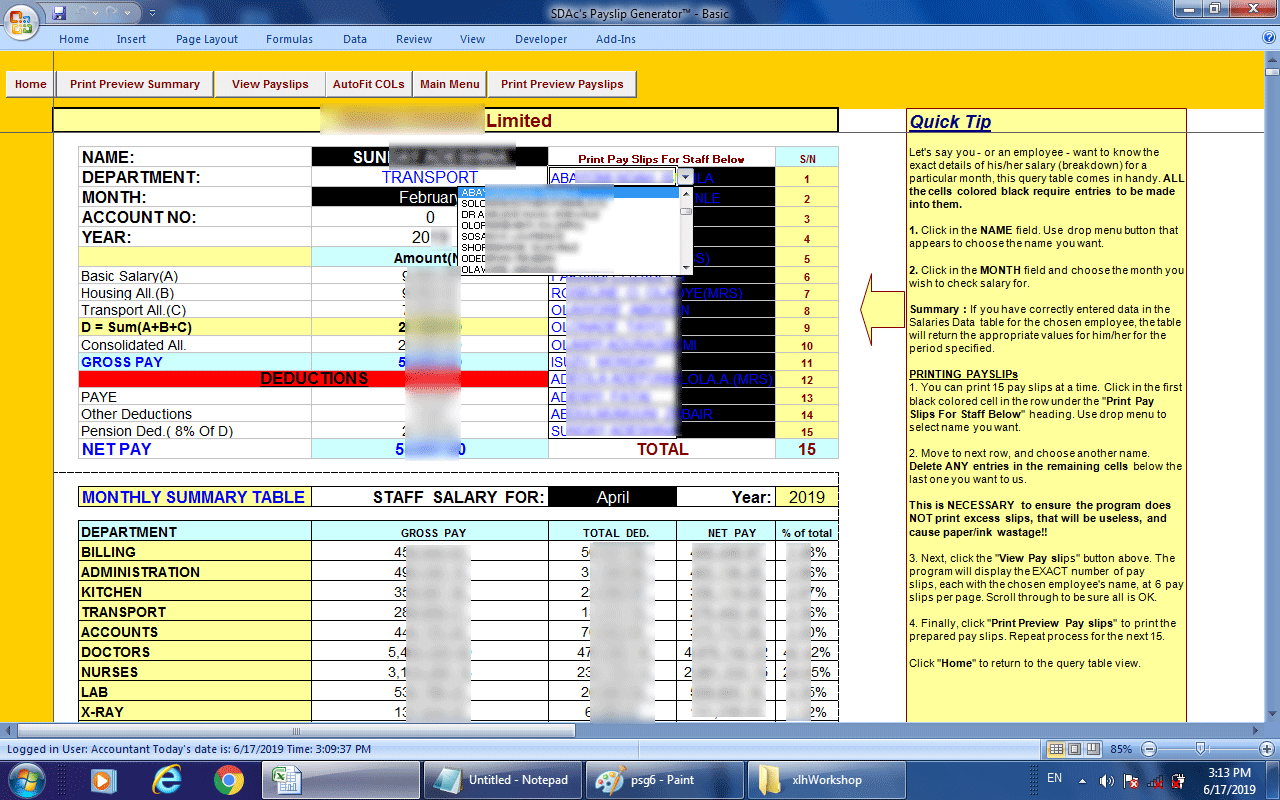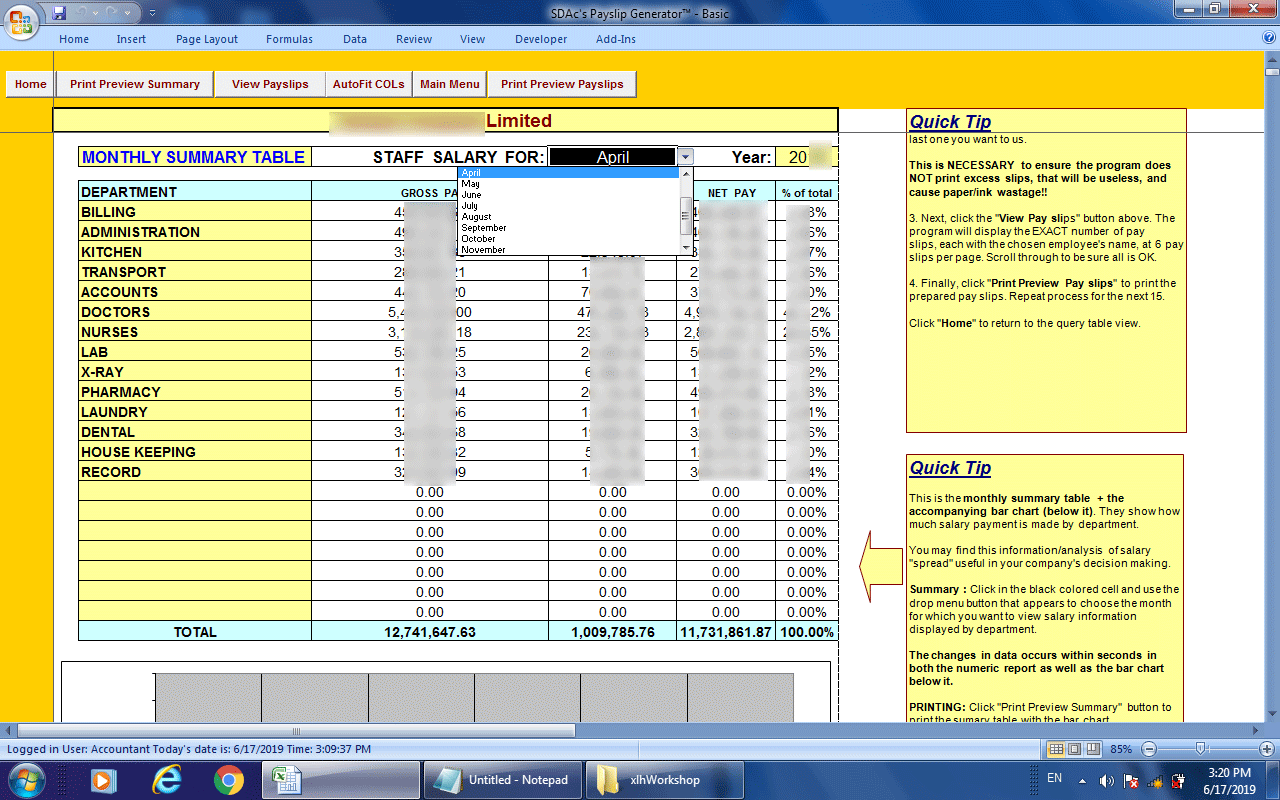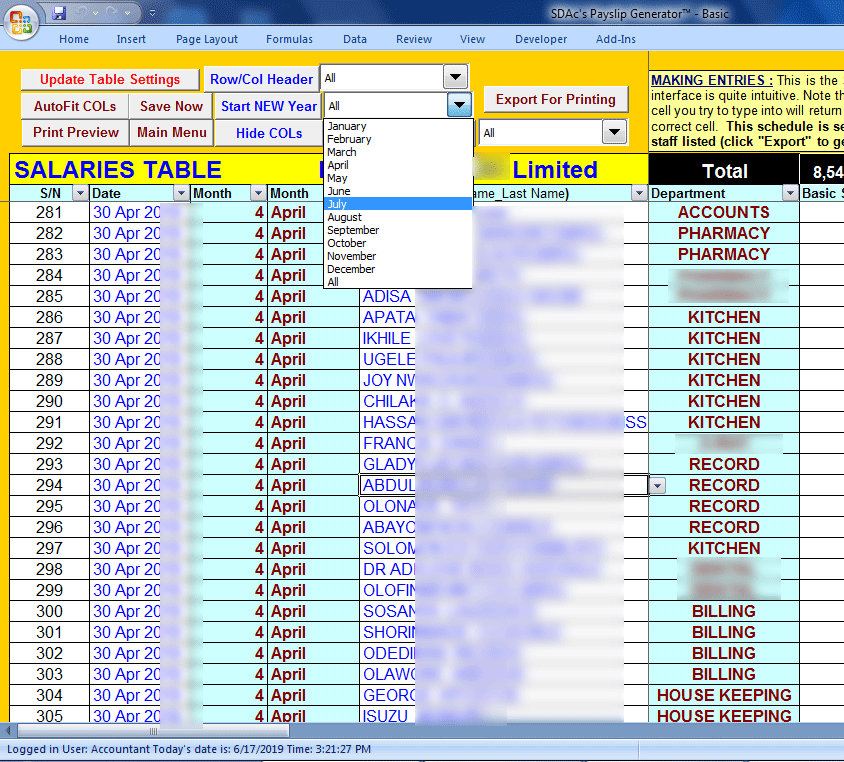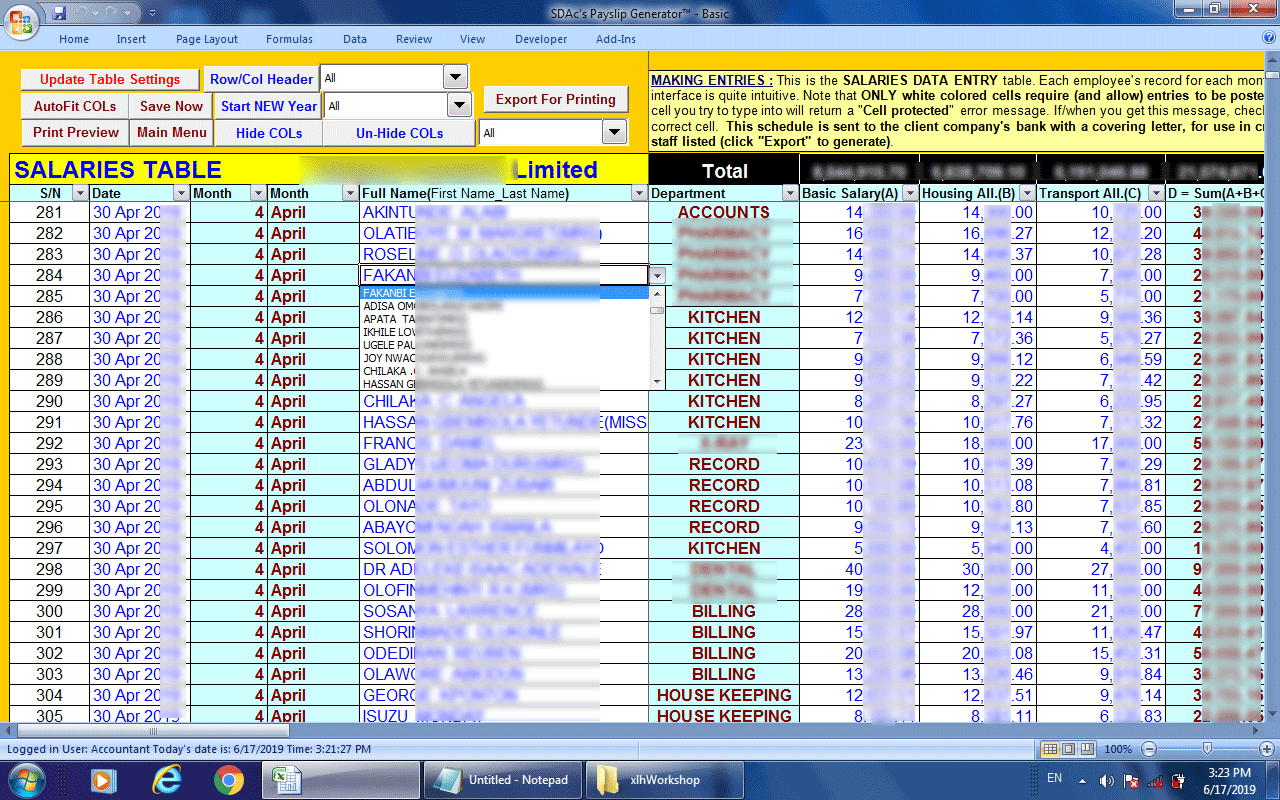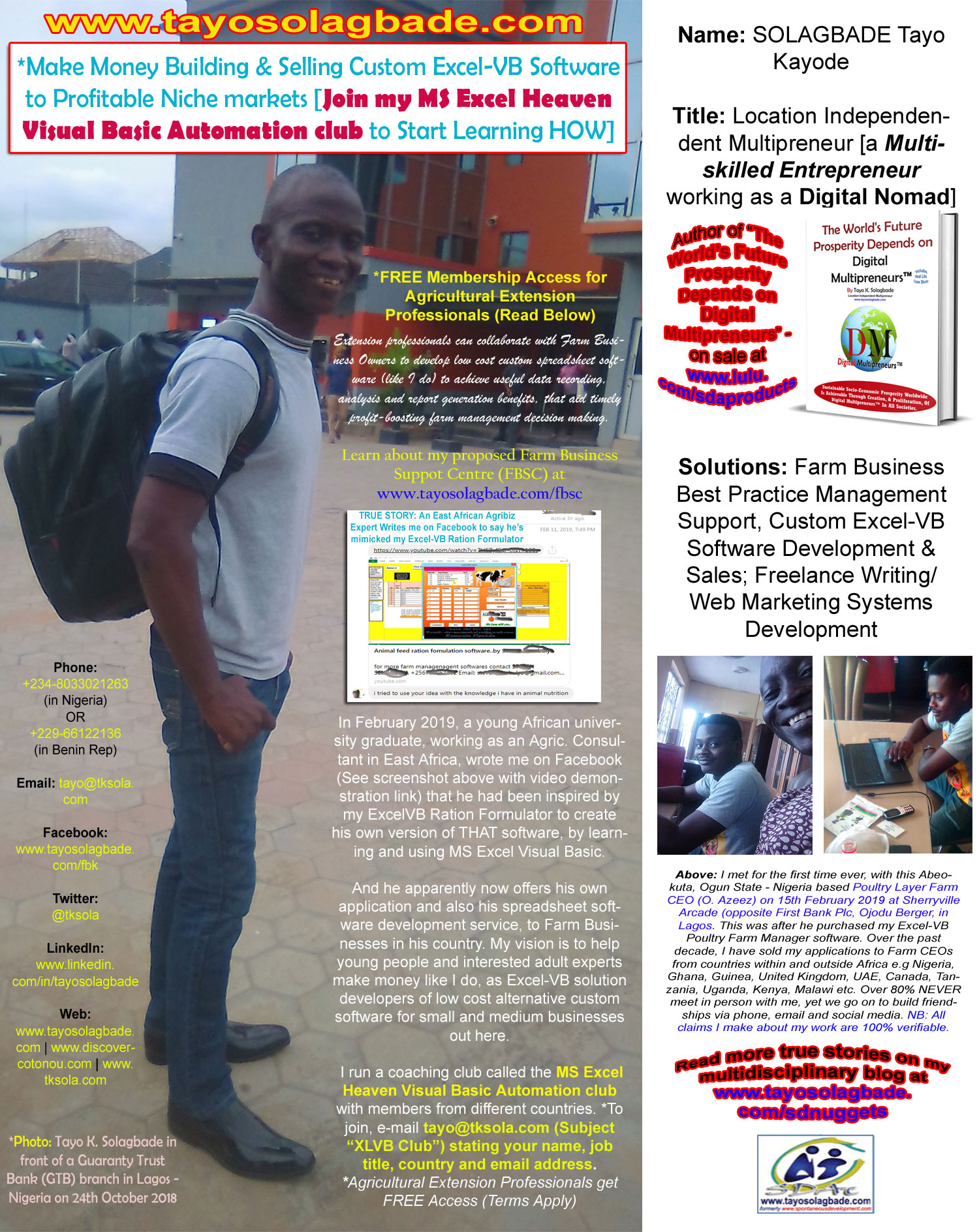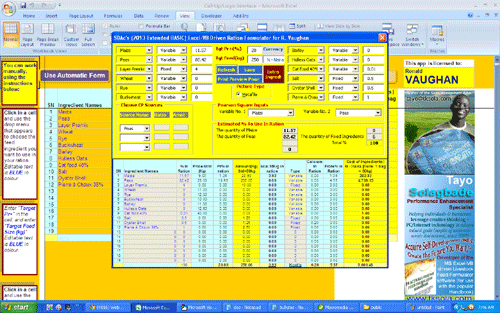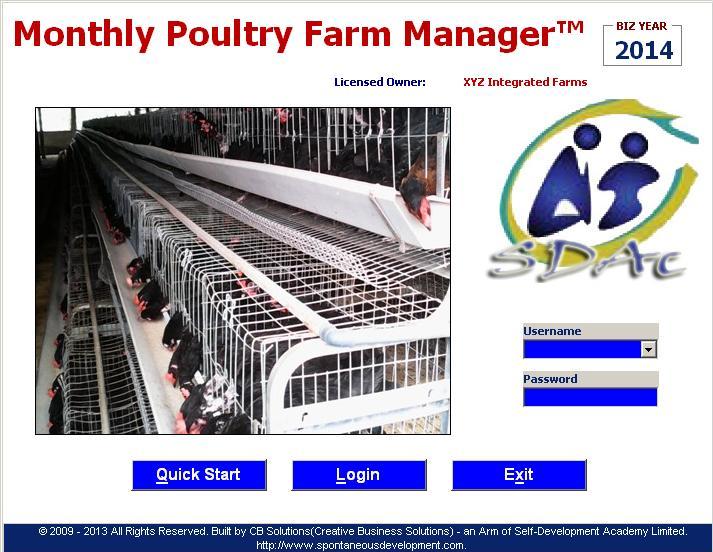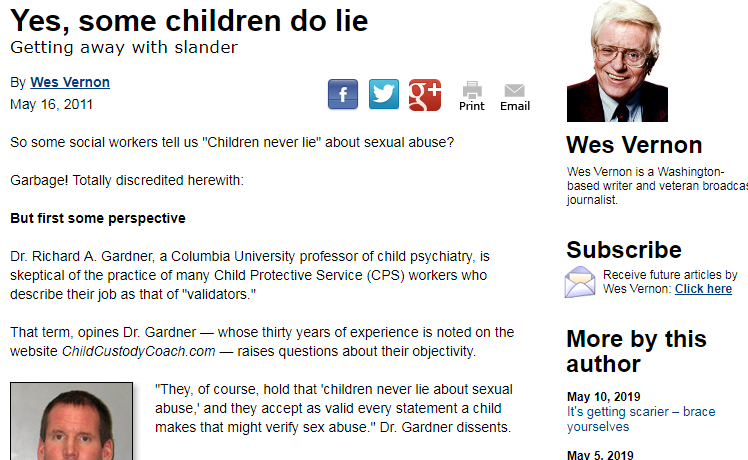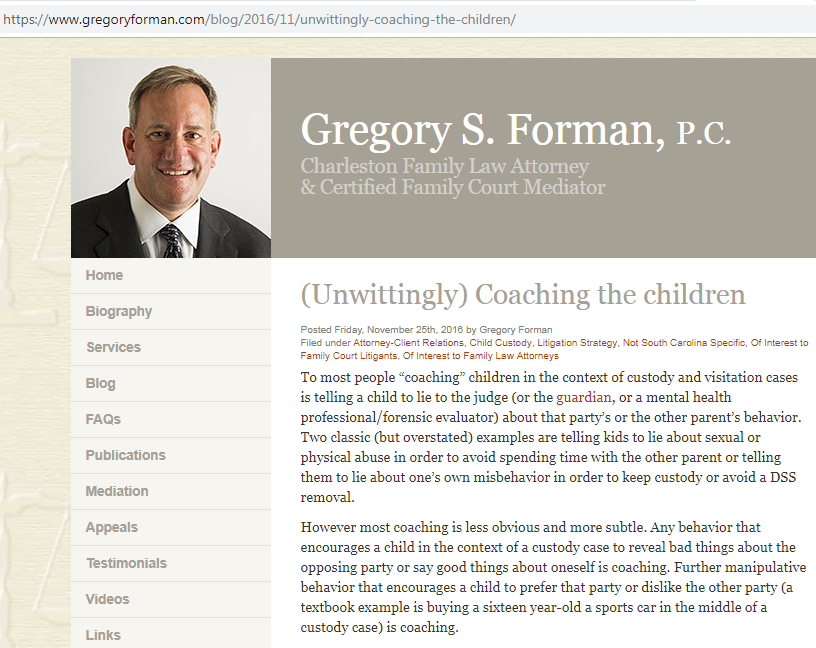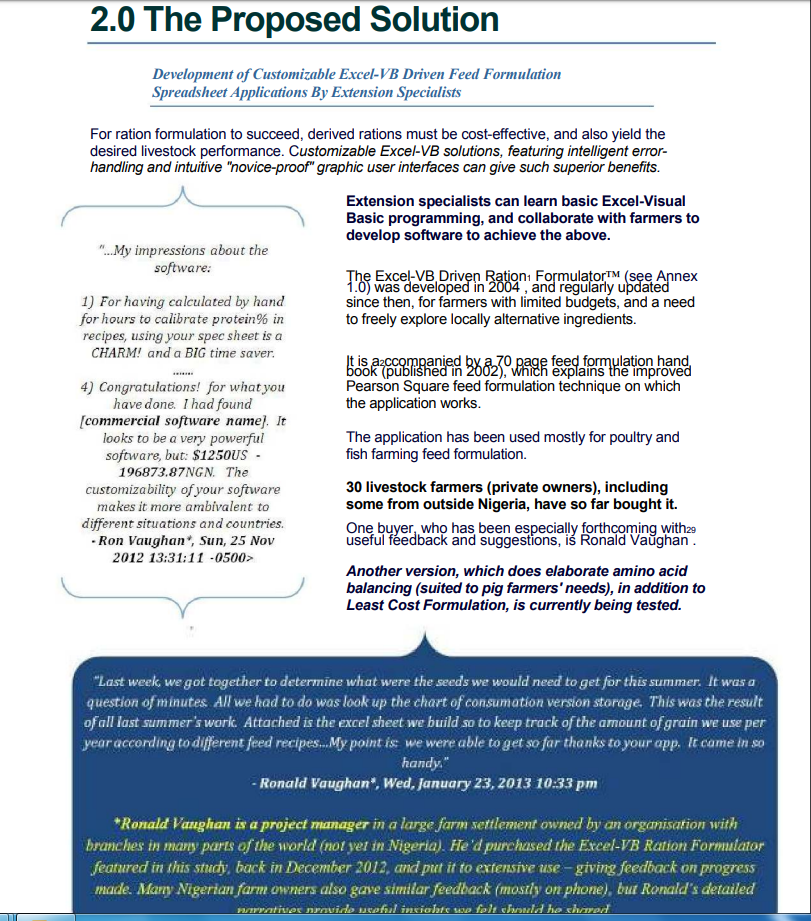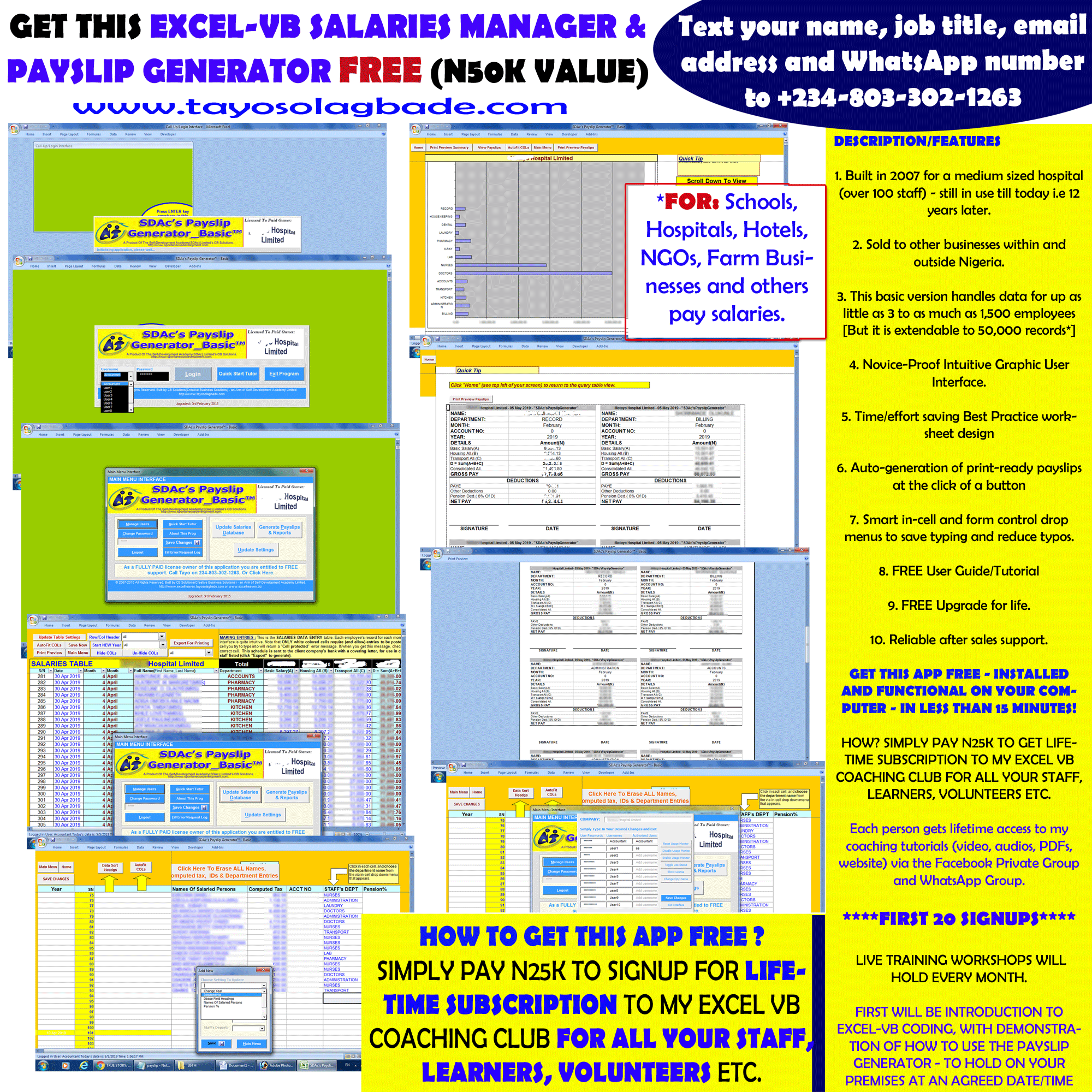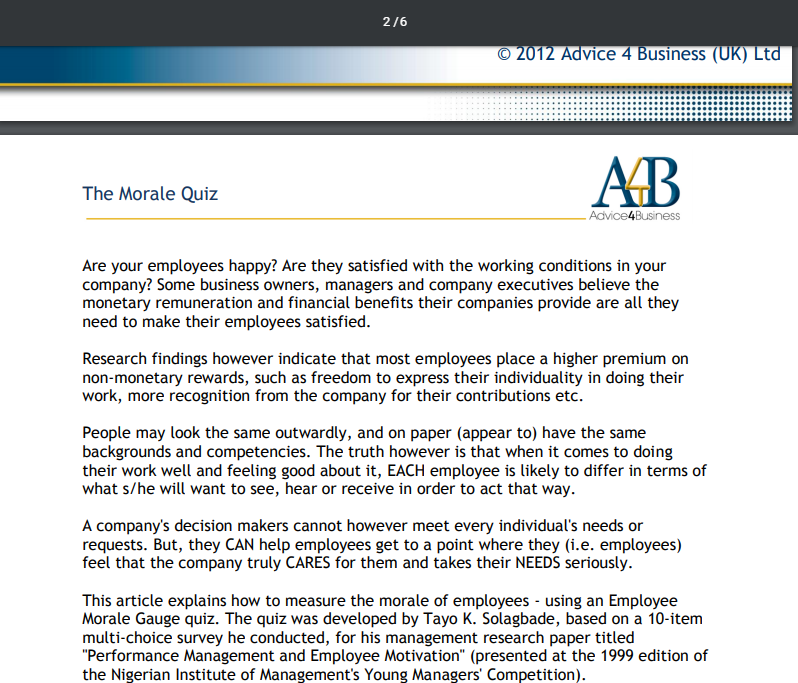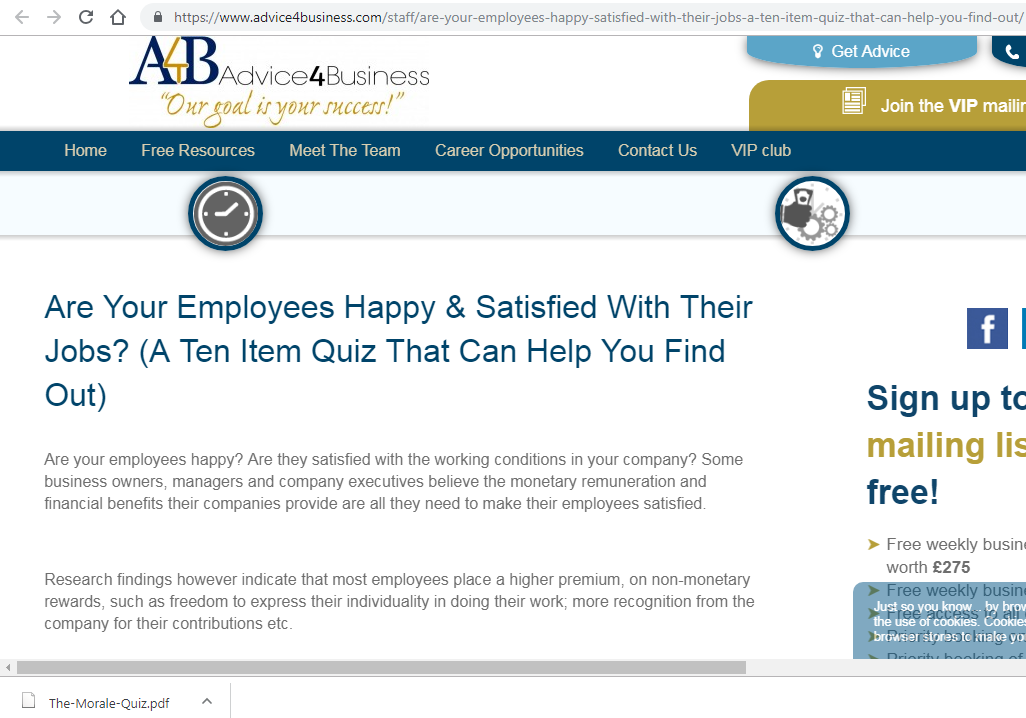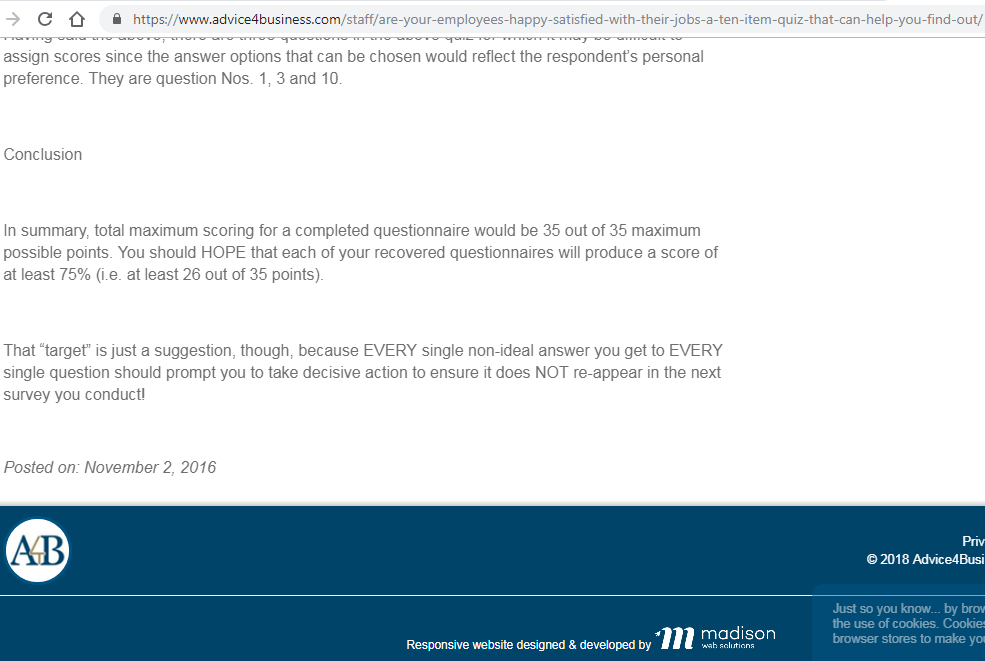Many of my followers on this blog may not be aware of this, but I started out offering speaking and training services for career persons in paid employment ALONGSIDE my efforts to develop Farm Business Support Solutions for Farm CEOs. Over time I let the market’s response teach me which one to focus on MORE – hence my emphasis today, on serving Farm Business Owners in particular, and others in general.
In this issue of my Performance Improvement Ideas (PII) newsletter, I discuss a tool I developed while still in paid employment, which I’ve since used to serve clients in both above mentioned markets, earning name/brand recognition, as well as income in the process. Just like other business owners, Farm CEOs often have to hire employees. This tool can help you get the best possible results from them, if used right. Read on to learn more.
It was the product of many months of deep thinking driven by my need to understand what made employees adopt seemingly negative (or nonchalant) attitudes they displayed towards their jobs.
Back then as an employee, I was a self-motivated achiever who constantly sought ways to improve myself in order to deliver better workplace performances.
The insights I gained equipped me to achieve several notable successes in the workplace (especially in leading others to get important work done), leading to senior management career advancement opportunities, less than 7 years after I joined the company as a Graduate Management Trainee (read details on the web based version of my resume on LinkedIn.com – click to view in a new window or download my PDF resume).
After he got wind of yet another career advancement opportunity that had yet again been awarded to me, in 1998, an older colleague who joined the company over a decade before me, asked: “Tayo, what is your secret”.
At the time I had not really articulated and distilled the insights I’d gained. So I just told him, I put in my best at all time.
But his question got me thinking and I began to string my thoughts together to arrive at a better, more useful answer. In the process, I came to the realization that many employees I interacted with in the company, and elsewhere, did not share a similar passion to mine.
The insights I gained helped me conceive the Employee Moral Gauge quiz to identify identify/measure how employees felt about their jobs, with a view to using the results to get them to do more, and do so happily.
You see, as an employee, I LOVED to challenge myself to make the best of whatever workplace situation I found myself in.
Not everyone likes that. Not everyone likes to be a problem solver.
Some people want the problems sorted out before they have to be there. They just want to show up and get told what to do, so they can do it, get out and get paid at the end of the month.
And that’s not bad. But such persons must also not expect to be made champions in the workplace, if they continue with such an attitude.
The irony is that such people will often turn around and complain when they get passed over, for career advancement opportunities, in favour of a self-driven achiever who makes the best of what s/he is given at all times!!!
Most of them often gave excuses and complaints for being unwilling to put their hearts and souls into work like they saw me do.
My informal conversations with them revealed a common theme – they felt the employer failed to provide working conditions they considered ideal.
Many times however what they told me they expected made little practical sense. And if I, as a fellow employee felt that way about their expectations, it was no surprise that the company’s management simply did not bother.
[Now here’s a bit of irony: Some of the people who fail to put in their best as employees, post-retirement, when running their own companies, are often the kind who demand greater effort from their own employees – the kind they refused to give to their own employers!]
The smart employer/manager/leader will know how to create workplace conditions that:
1. Continually inspire self-driven high achieving employees to keep putting in their best at work
2. Allow little or no room for naughty employees to get away with sloth, indifference or any other negative attitudes – and instead get them to deliver the results s/he is paying them for.
One instrument that can help employers/leaders accurately determine what they need to do to achieve the above, and more, is my 10 item Employee Moral Gauge Quiz.
Creating Awareness About my Quiz to Organizational Leaders – How It All Began
Having placed 5th (due to a mishap I caused myself) at the National Finals of the Nigerian Institute of Management’s Young Manager’s competition 2 years earlier (1997) where I presented a paper based on my real life workplace projects in the brewery titled “Statistical Process Control & Target Setting”, I wrote a management paper, to present my quiz to a formal audience.
Unfortunately, my 1999 paper failed to win the interest of judges at the competition, so I failed to go beyond the zonal competition.
But I was undaunted by that rejection of my new paper.
Indeed I was convinced that my paper and the tool I’d conceived had real potential for application in accurately evaluating employee morale.
So I chose to self-publish it for use in starting up my entrepreneurial journey.
In 2007, I published it online for the first time (on my flagship website – spontaneousdevelopmentdotcom) – in article format, ending with a reproduction of the questionnaire, with guidelines for its use.
Soon after, I published it on my Ezinearticles.com article marketing profile.
A lot of exciting benefits have since accrued to me, such as the following:
1. The article rapidly got lots of views and boosted my visibility in search engines, leading to visits to my website, and some enquiries about the questionnaire. But this was before I began aiming to sell my stuff online. I was not yet aware that I could do so. Instead I was focused on pavement pounding, looking for clients to hire me face to face.
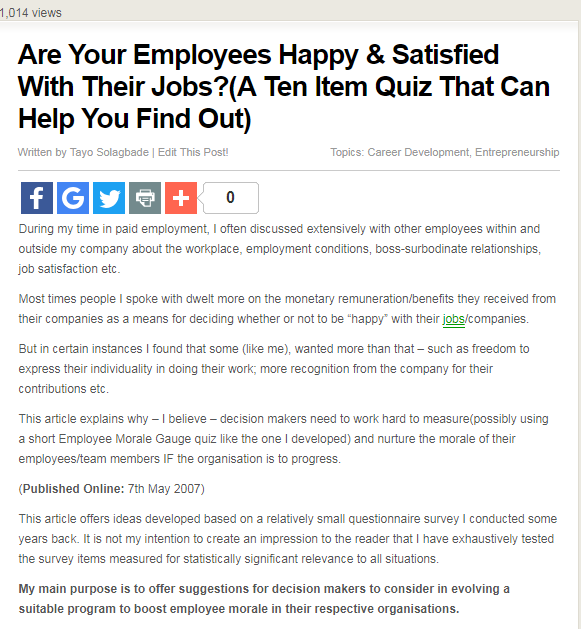
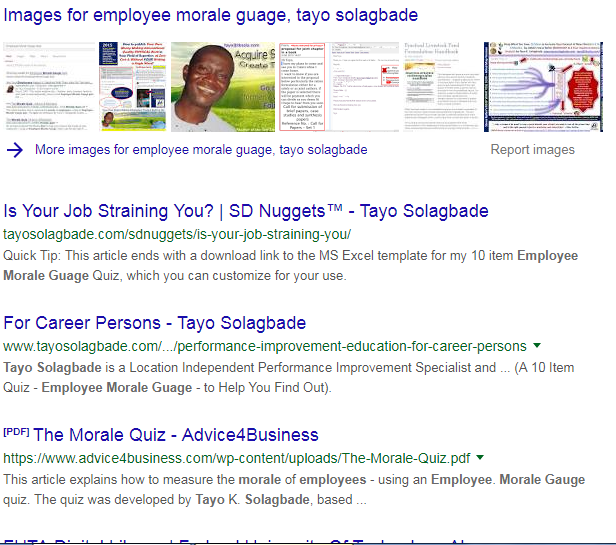
2. India’s ICFAI university contacted me asking if I was the original author of the article and the questionnaire tool.
It took telling them repeatedly – as they asked repeatedly – that I was indeed the original owner of the intellectual work, before they went ahead to inform me that they wished to publish it in their journal titled “Employee Morale: Concepts and Cases”.
I never did get the copy of the journal that was promised. But they let me know the journal was published in their online store, with my paper listed as one of the entries. Click here.
Below: Screenshot of an infibeam.com online store showing the above mentioned article – see item 14 on the contents list – published (with my permission) in a journal titled “Employee Morale: Concepts And Cases” by ICFAI university.
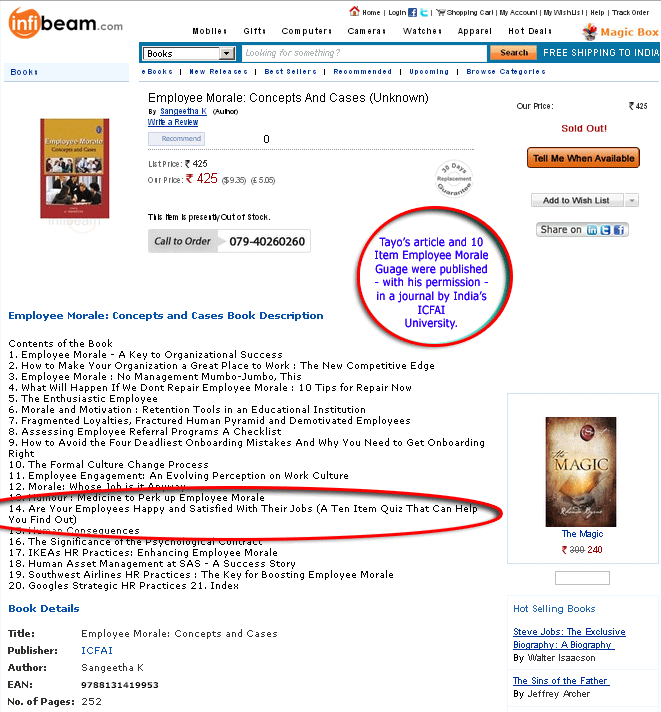
3. I earned income selling the paper for $35 US Dollars on an author agency website (they took a commission from the earnings). My buyers were HR Managers and persons in similar roles.
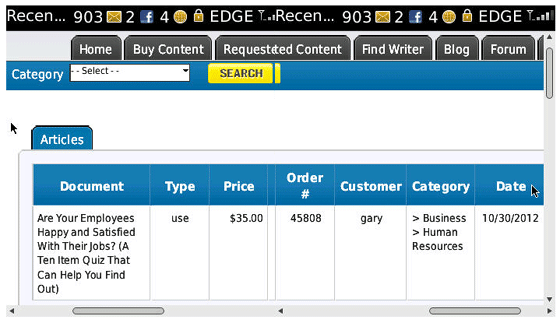
NB: My relationship with the above selling platform did not end well. Read the true story here – and make what you will, of it.
4. Some websites have published syndicated versions of the paper – and some business organizations even adopted it for formal use:
EXAMPLE: One UK company actually produced a downloadable PDF version for use by their clients in 2012 at https://www.advice4business.com/wp-content/uploads/The-Morale-Quiz.pdf. Then in 2016, they published an article version on their blog at:
https://www.advice4business.com/staff/are-your-employees-happy-satisfied-with-their-jobs-a-ten-item-quiz-that-can-help-you-find-out/
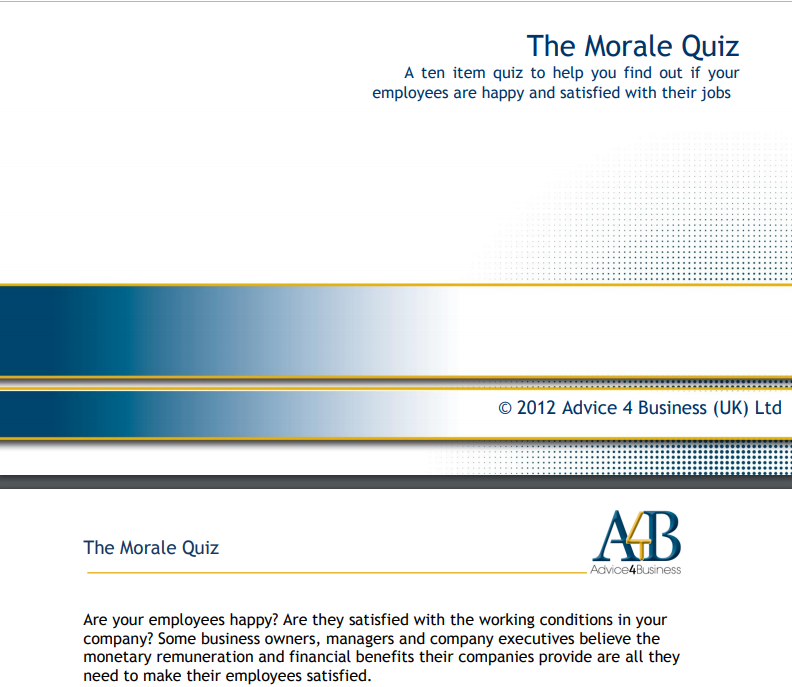
Now, I’m pleased they chose to use my paper in serving their website visitors…
However, it would have been better, if they had respected the rules for republishing from my Ezinearticles.com profile, which include leaving my byline at the end of the piece, so readers can read and click links to learn more about me.
5. The CEO of a medium sized manufacturing client company I worked for in 2008 paid me to administer the Employee Morale Gauge Quiz to his factory employees, as part of the implementation of a Best Operating Process Management System project he hired me to implement.
I could not help but notice how eagerly he read through the ratings and comments on each (anonymously filled) form to get an idea of how the staff “felt” about working in his company.
What I Want You to Take Away…
My purpose for sharing the above is not to brag.
Far from it.
Those who follow my writing on this blog most likely will have noticed that I share my experience based achievements mainly to inform, educate, inspire and entertain my target audience, towards helping them IMPROVE themselves to do what they do better.
In particular I am keen to help as many as are willing WAKE UP to the realization that EVERY ONE of us has genius within him/her. You just need to discover what yours is, so that you can share it with the world.
When you do so, you manifest the full potential embedded in you by the Creator, and in the process BLESS others, thereby making the world better than it would have been, if you had NOT done it.
The story about how I conceived my quiz and wrote a paper to explain how to use it, after which I promoted it through as many channels as I could think of, proves that anything is possible, if one is willing to believe, and take action based on that belief.
My message to you therefore is that YOU NEED TO find your own genius, and believe enough in yourself to use it to meet a need in the world.
Whatever your current job, vocation or profession is, you can dig deep, think hard to create/innovate/invent new or better ways of doing what you do. Aim to be a leader in thought as well as action.
Resolve to constantly challenge yourself to generate new ideas that open doors for new levels of achievement to be reached.
Never accept to be one of the crowd. Always aim to make impact and set yourself apart.
Need help doing the above?
Click here to request the special coaching support I offer persons who wish to PERMANENTLY FREE themselves from limitations holding them back from discovering their innate genius and achieving perpetual self-actualization.
Articles for Further Reading

